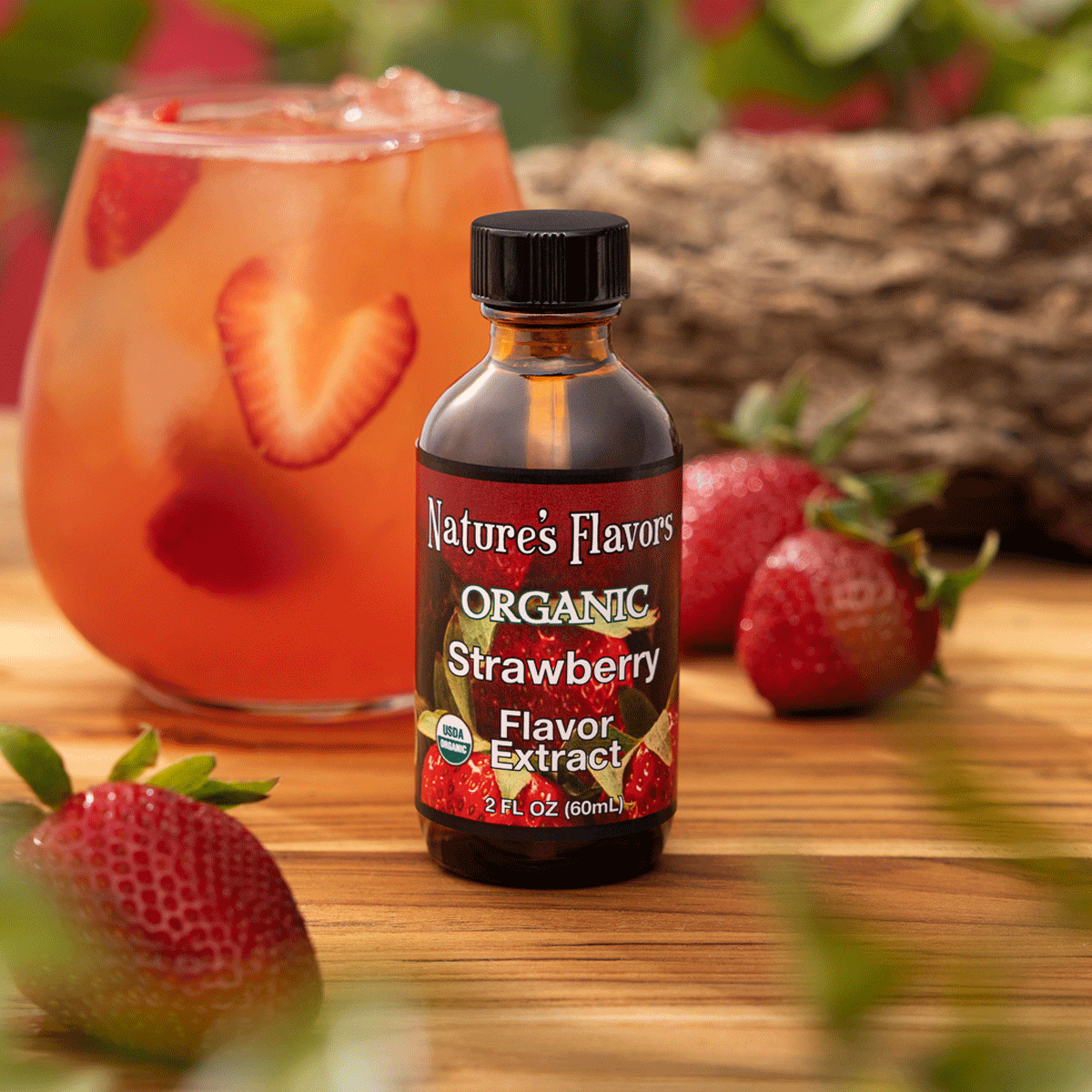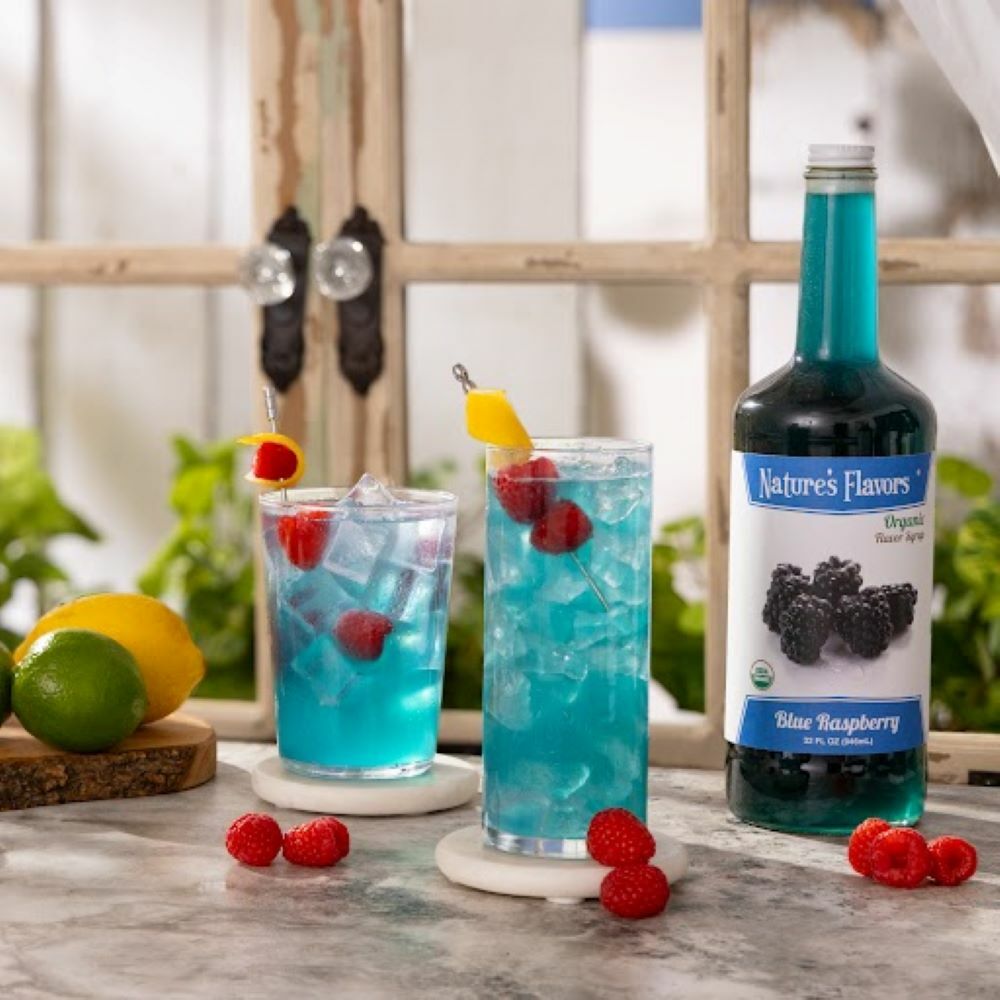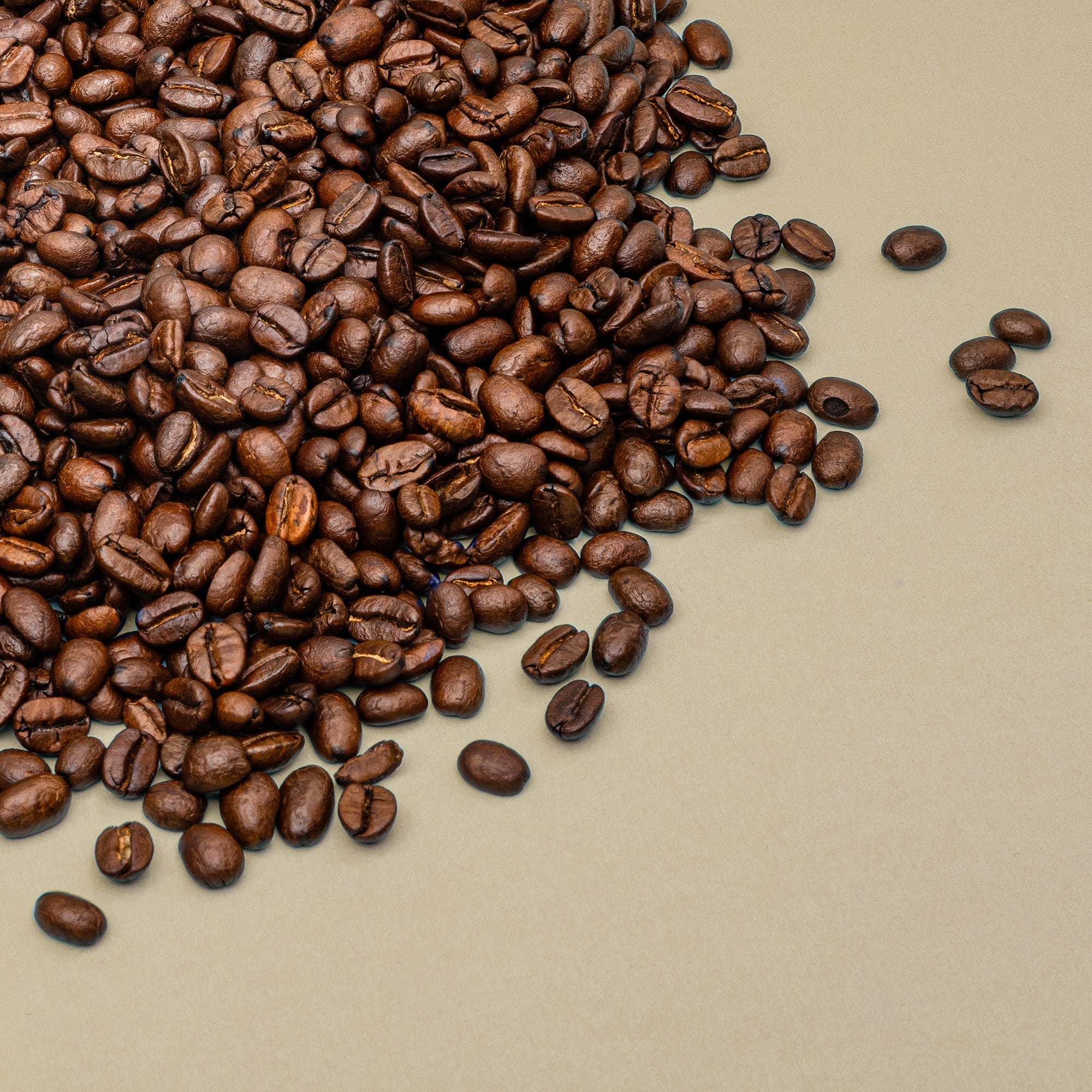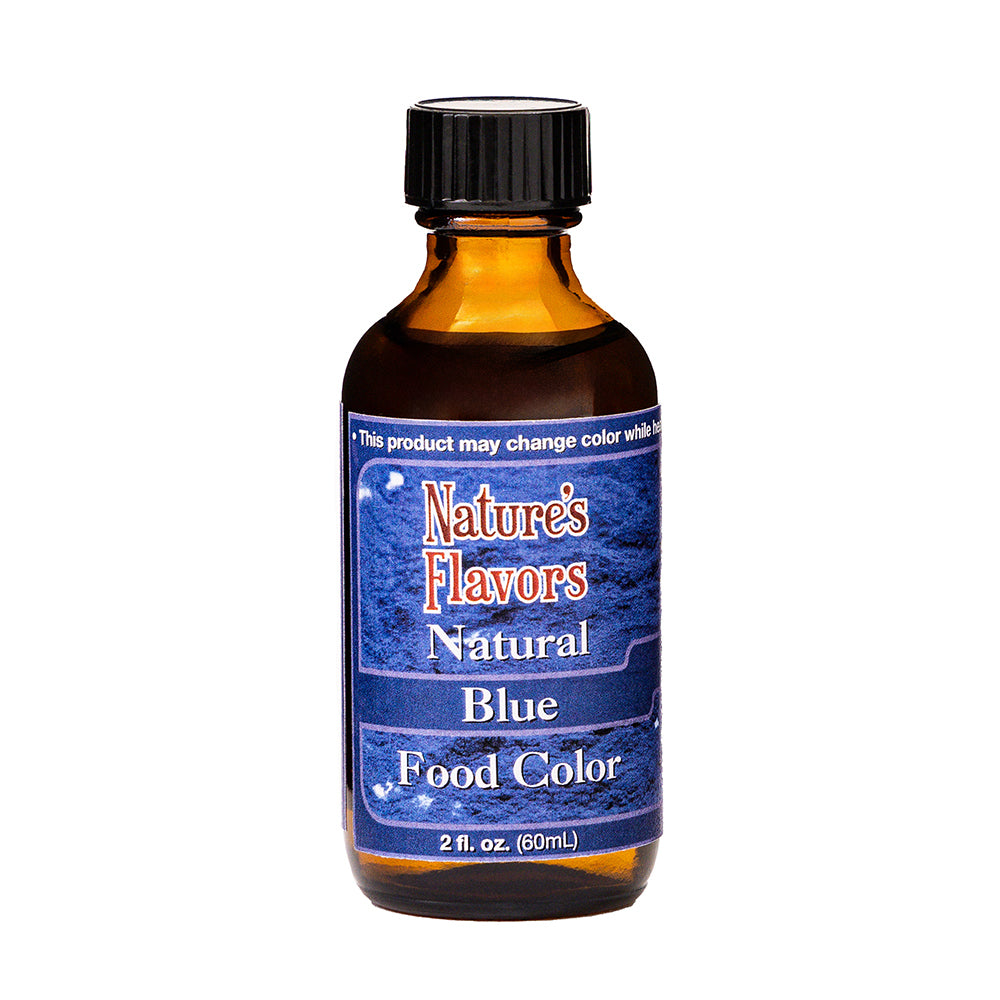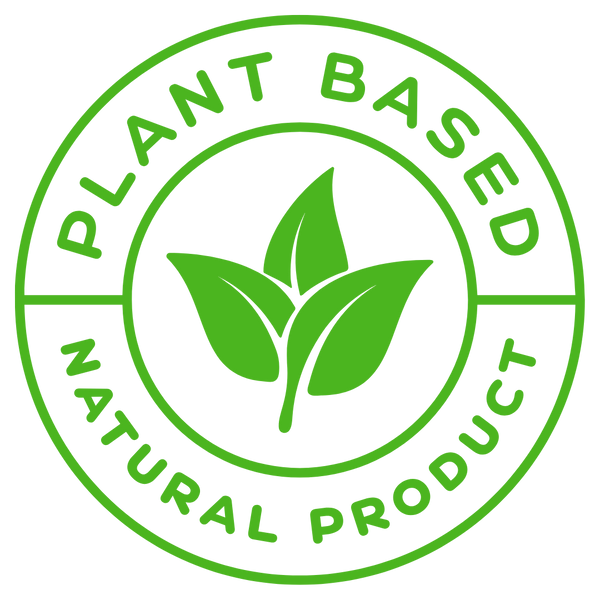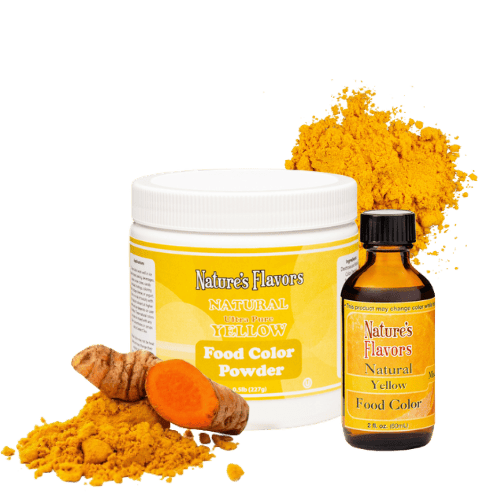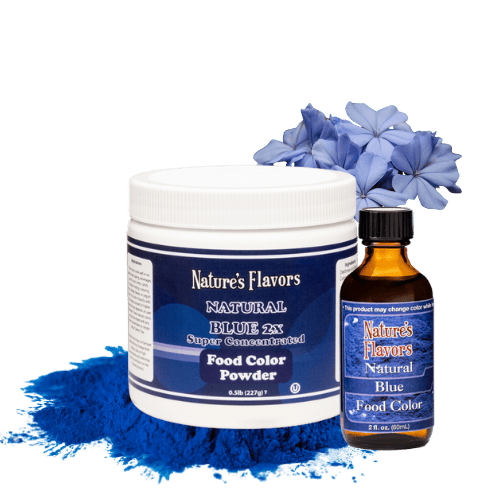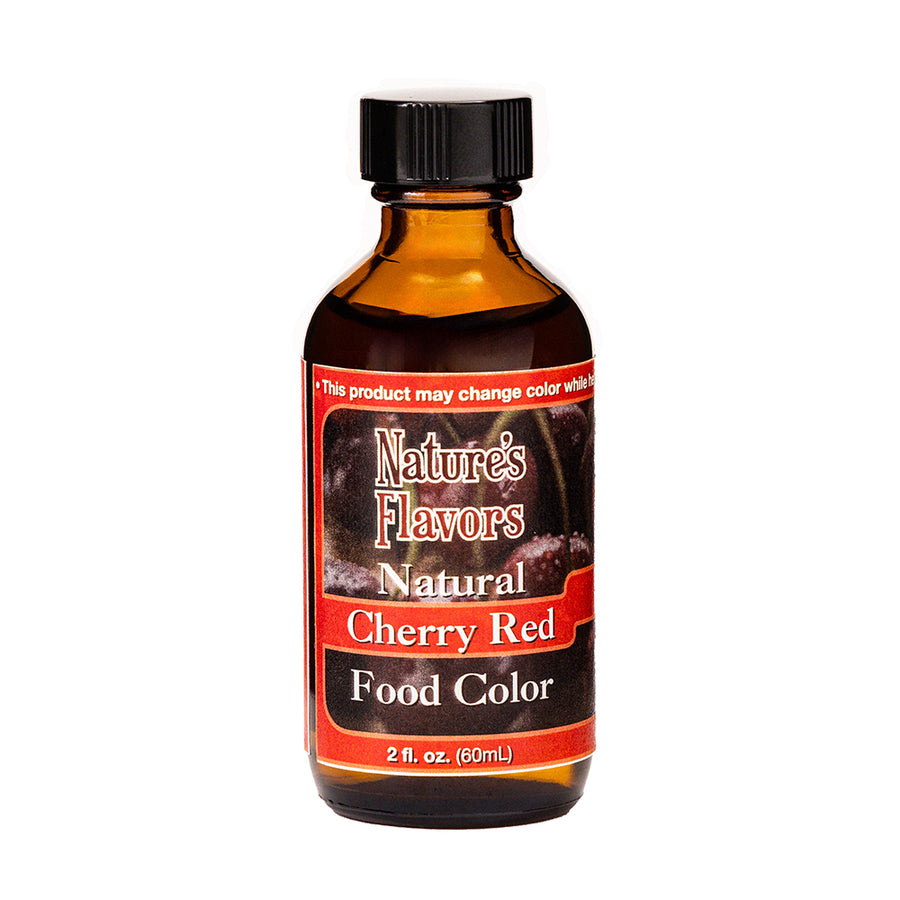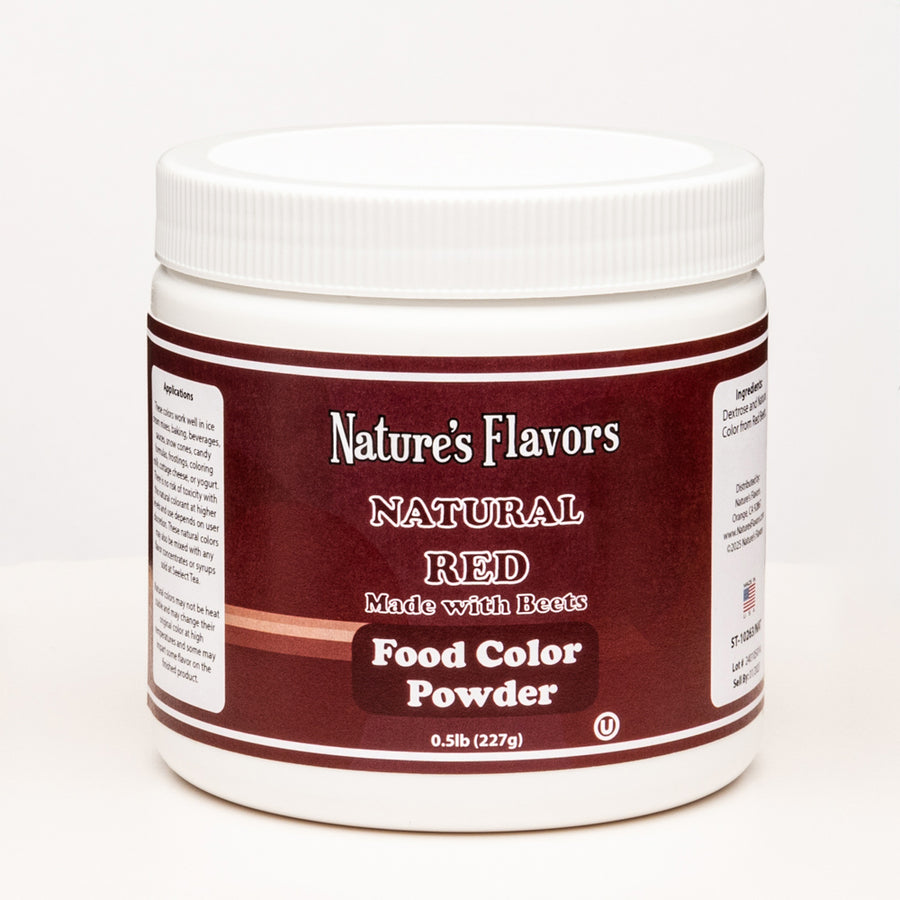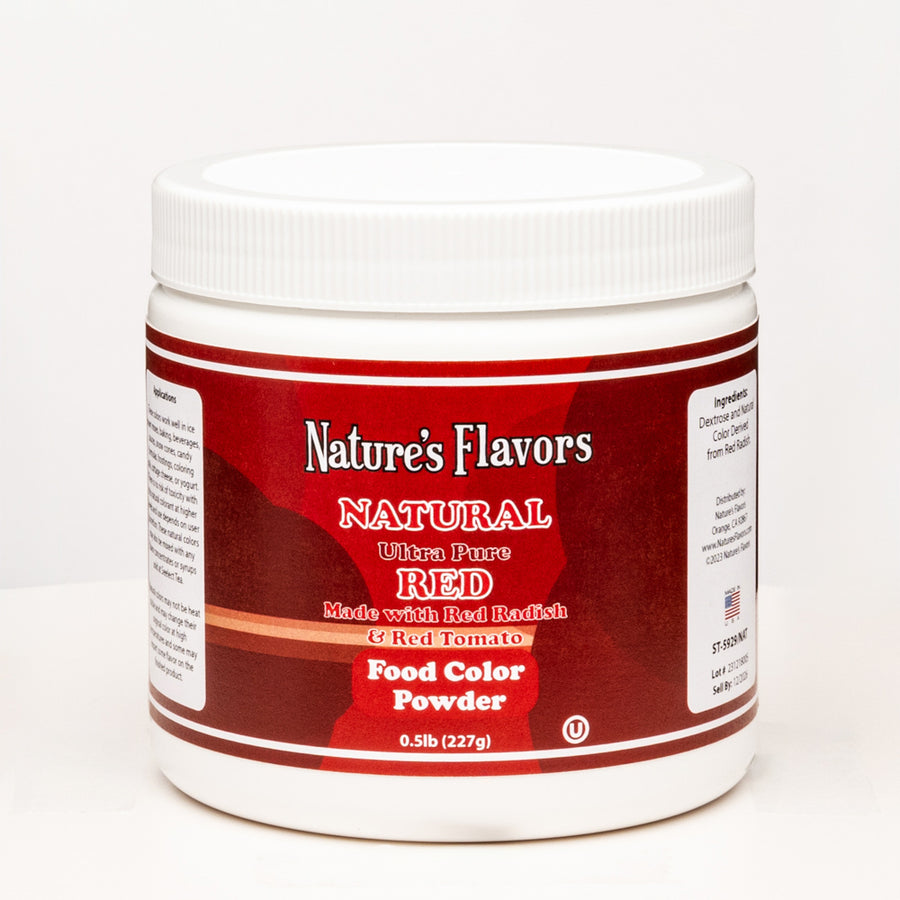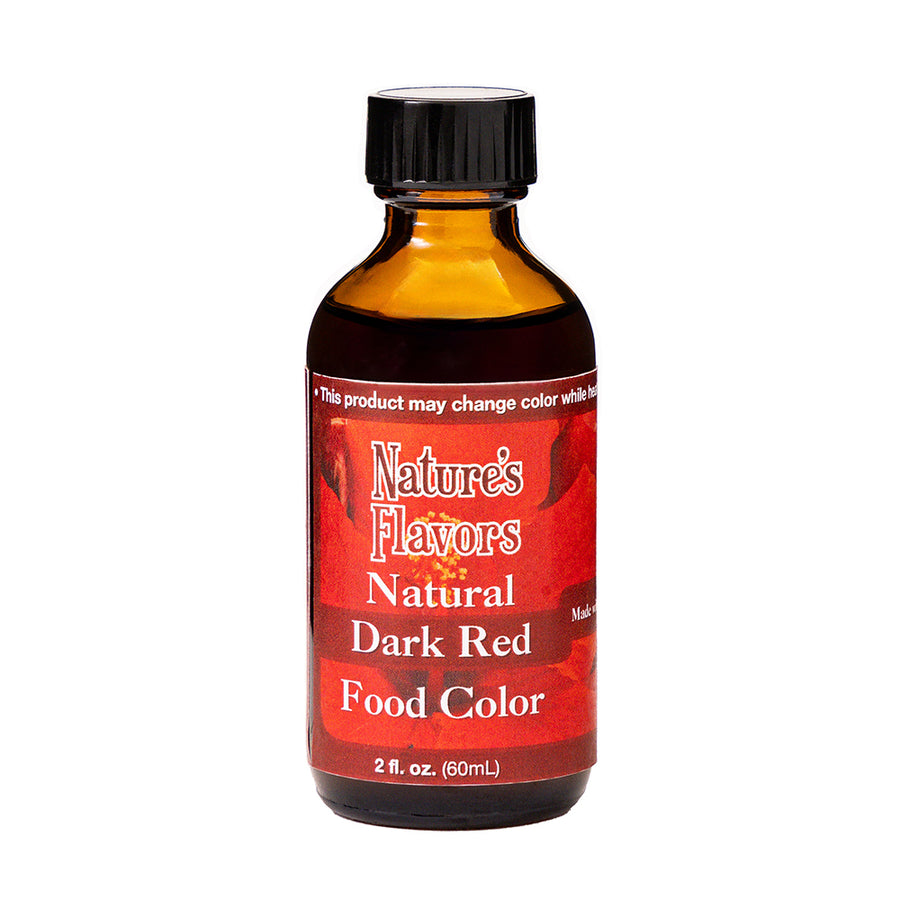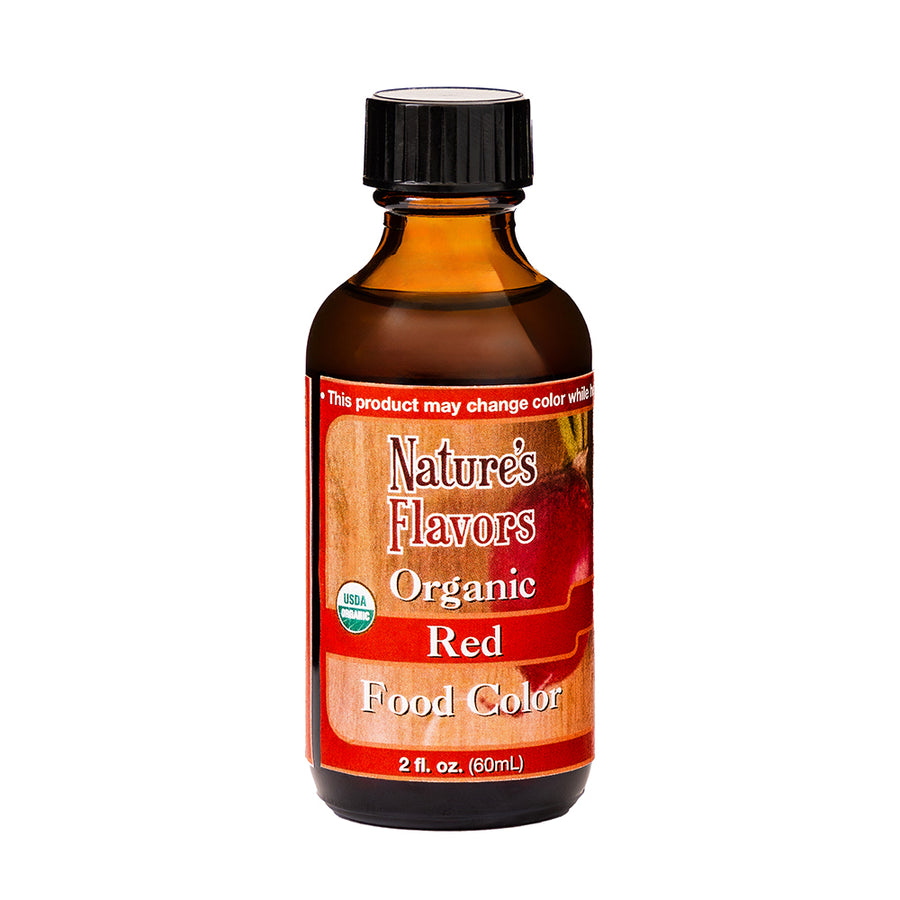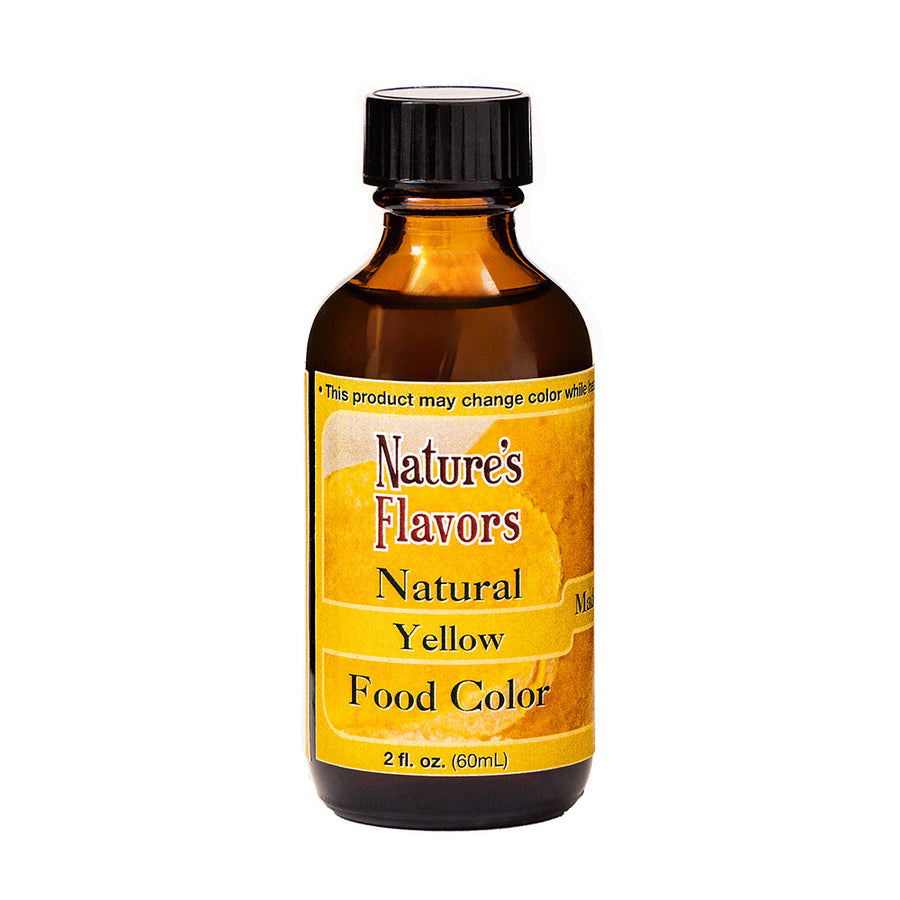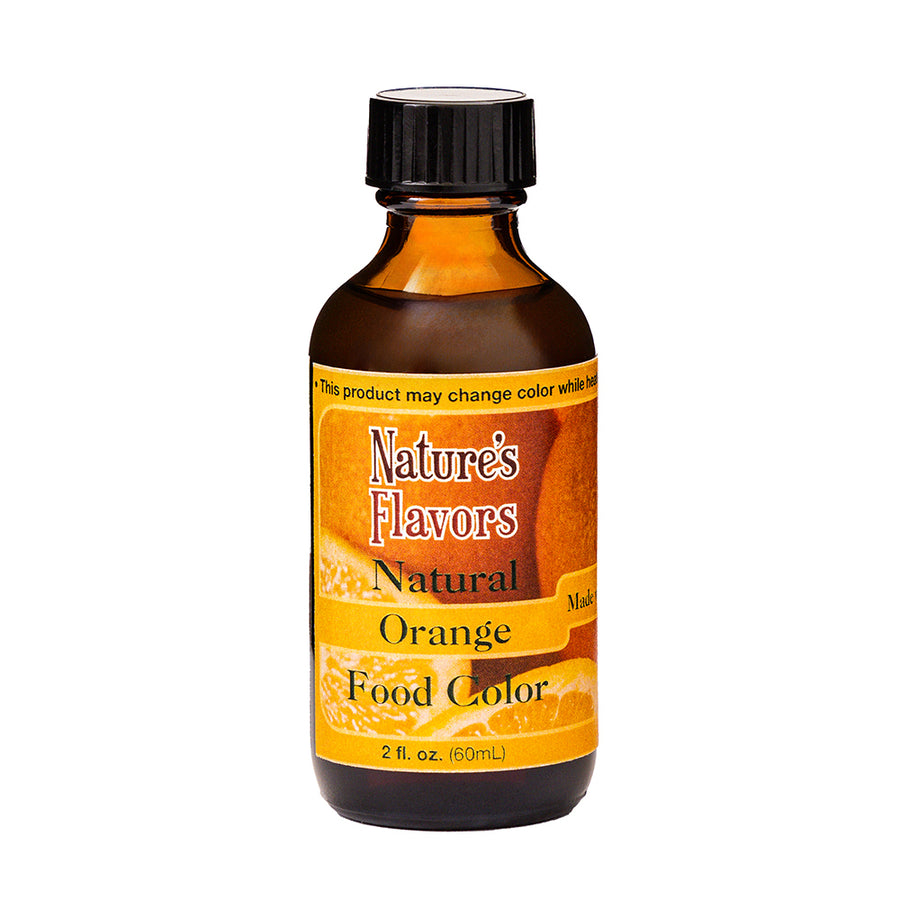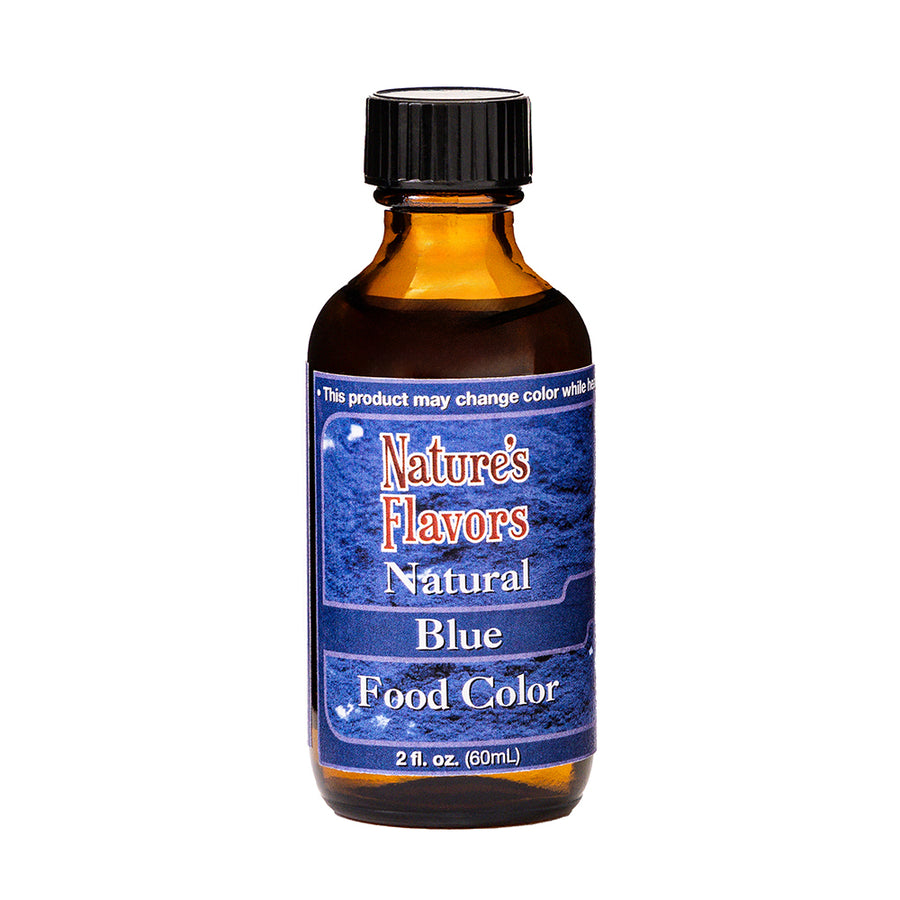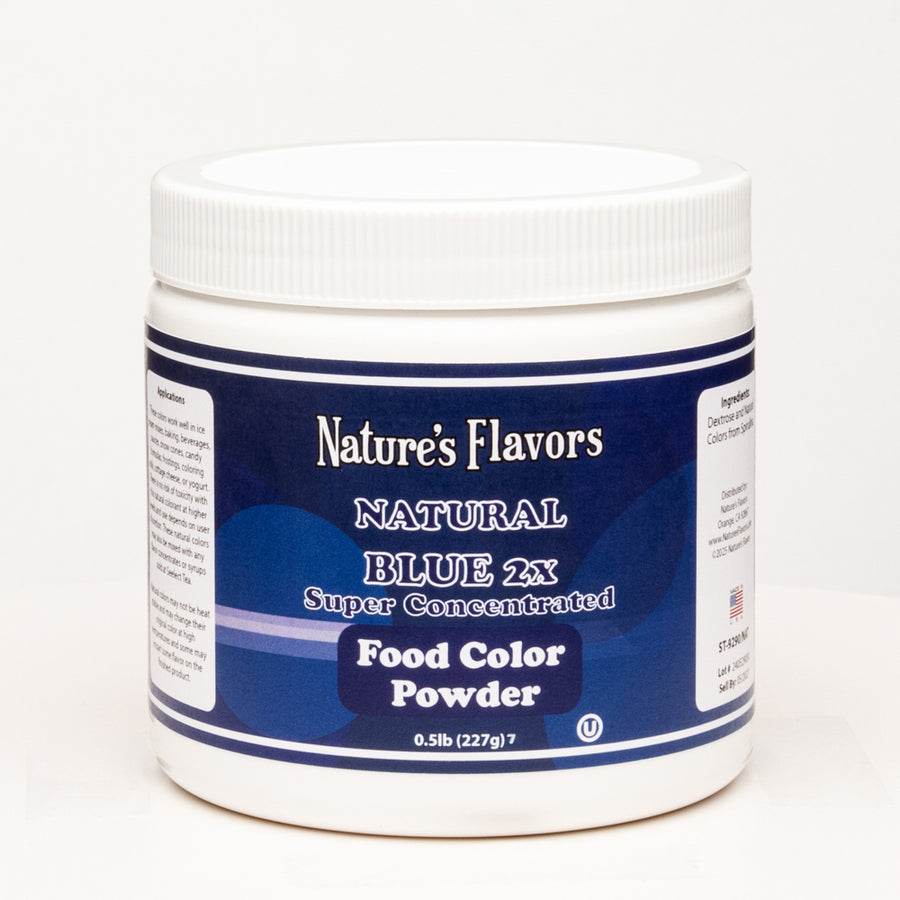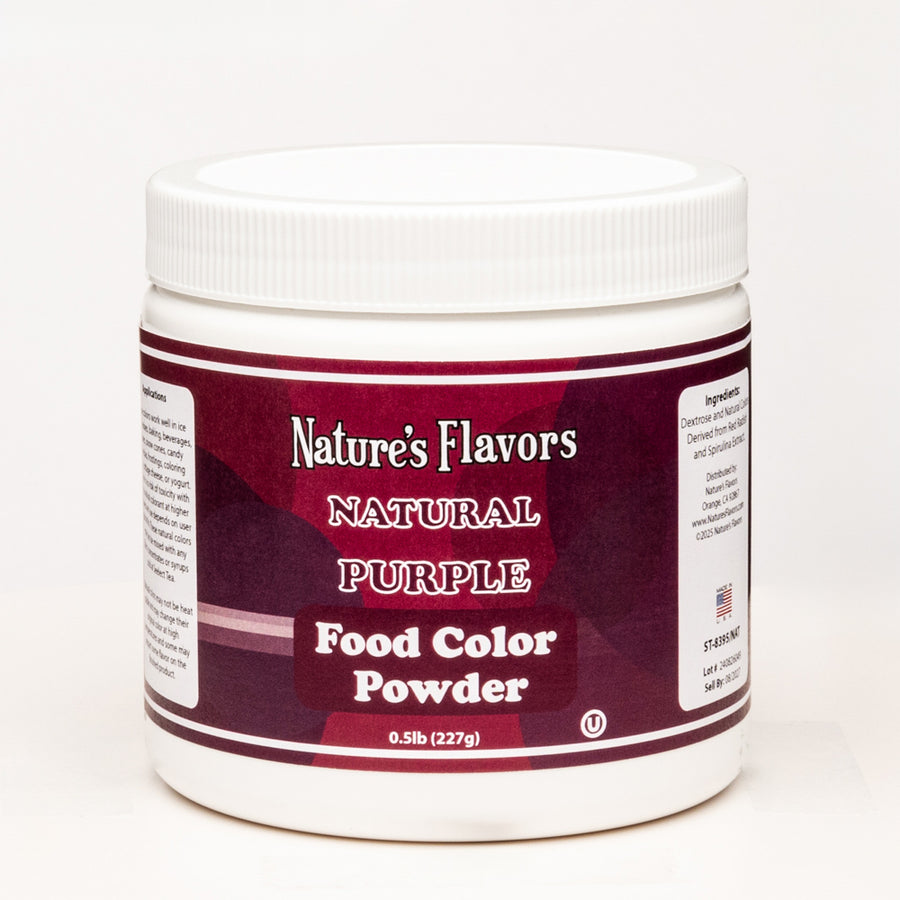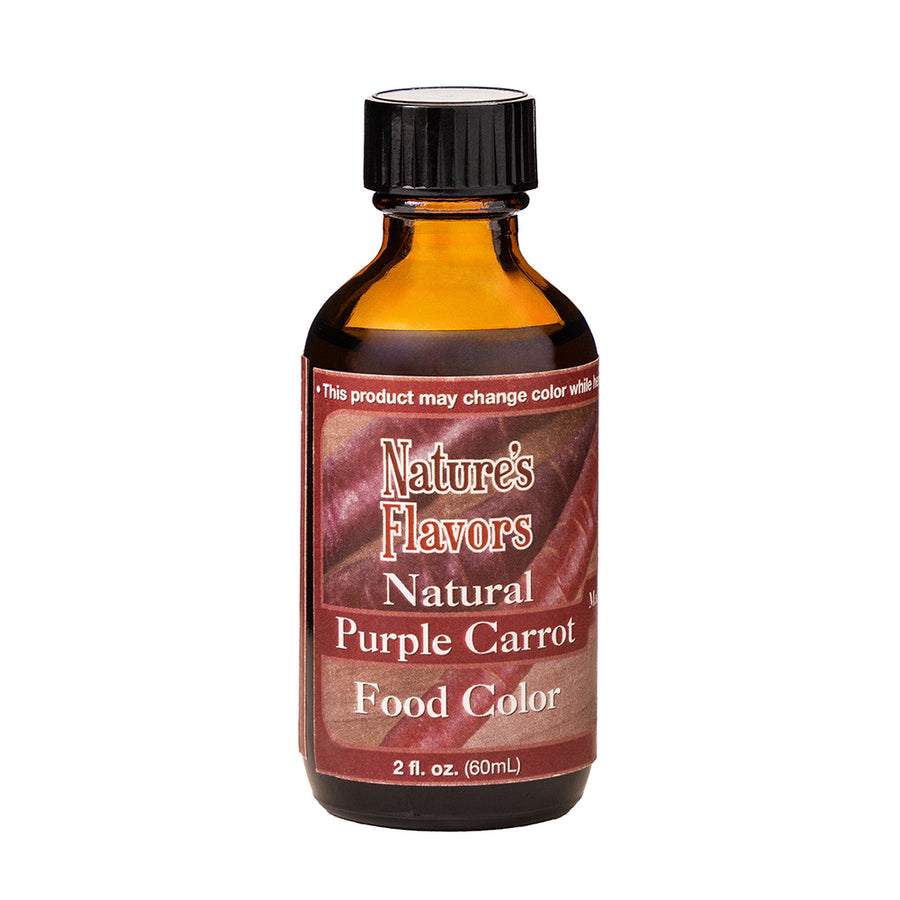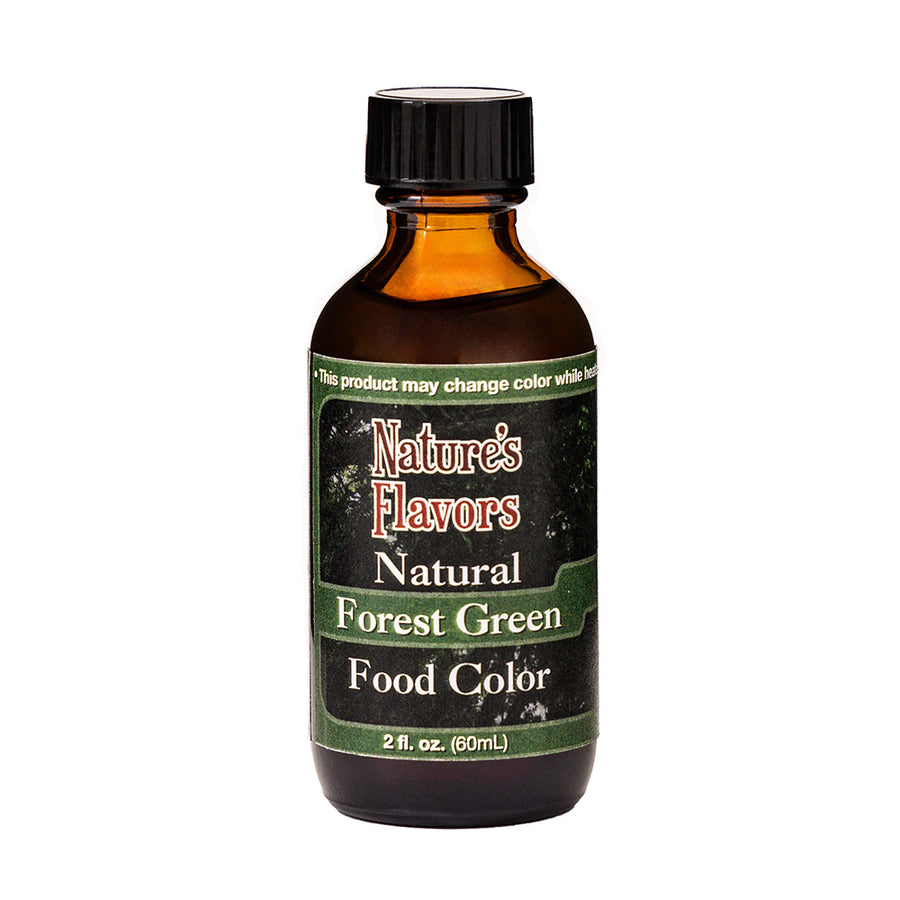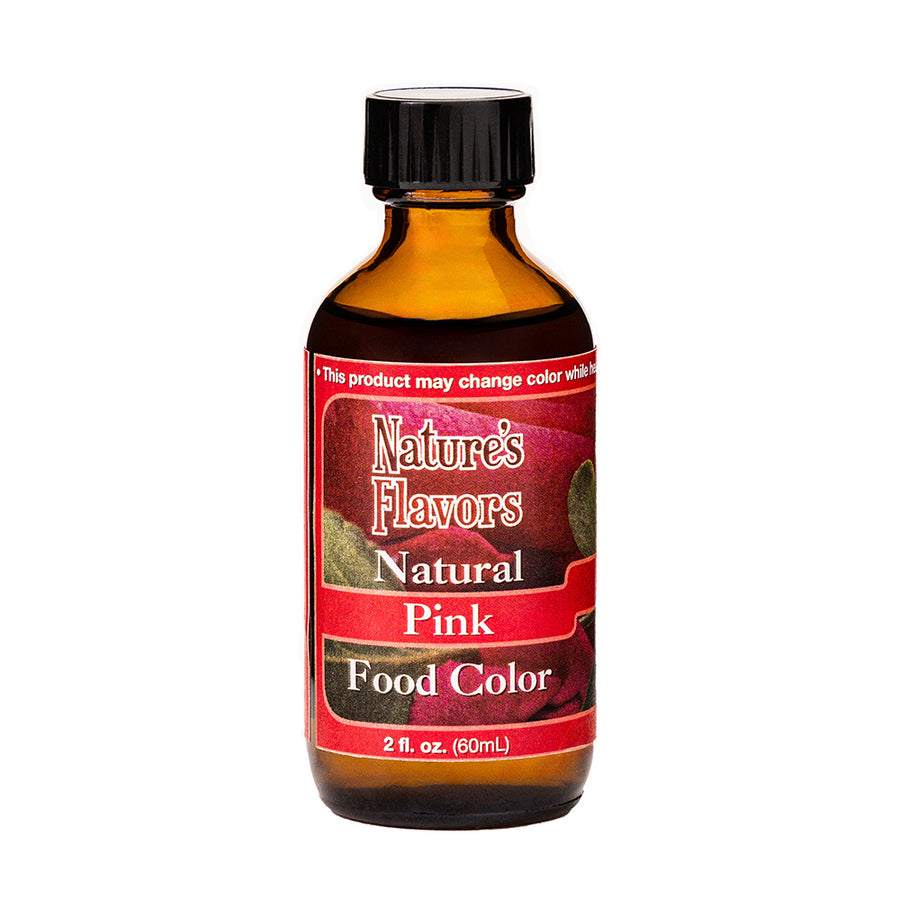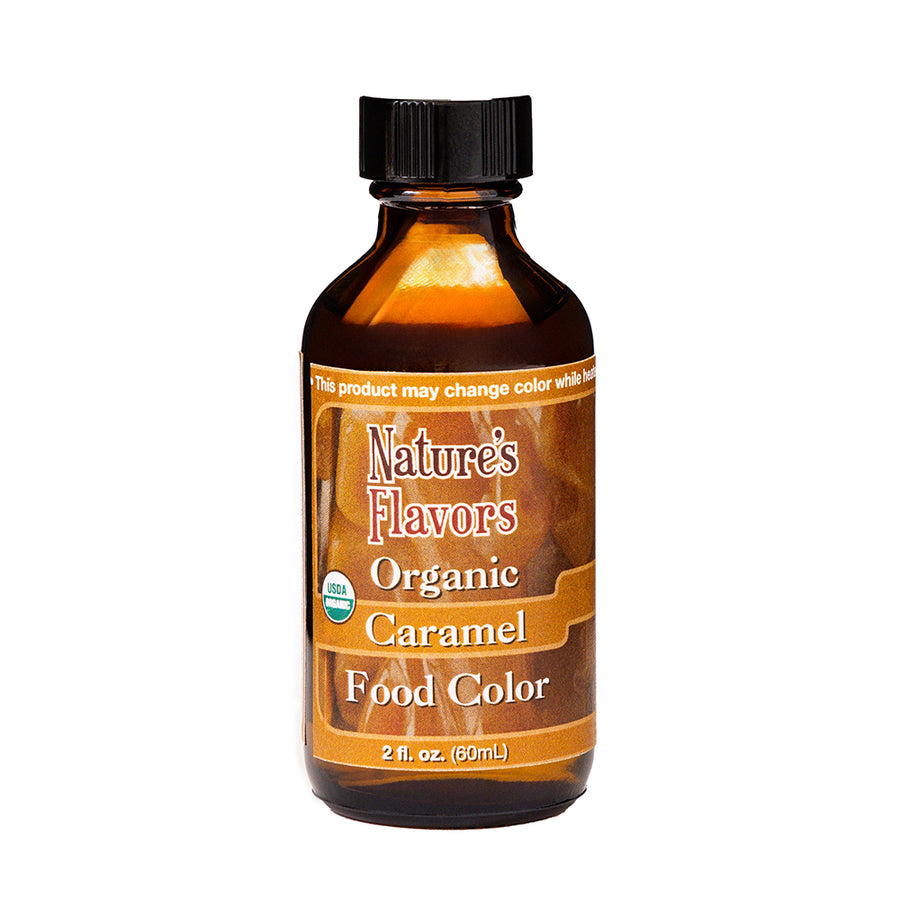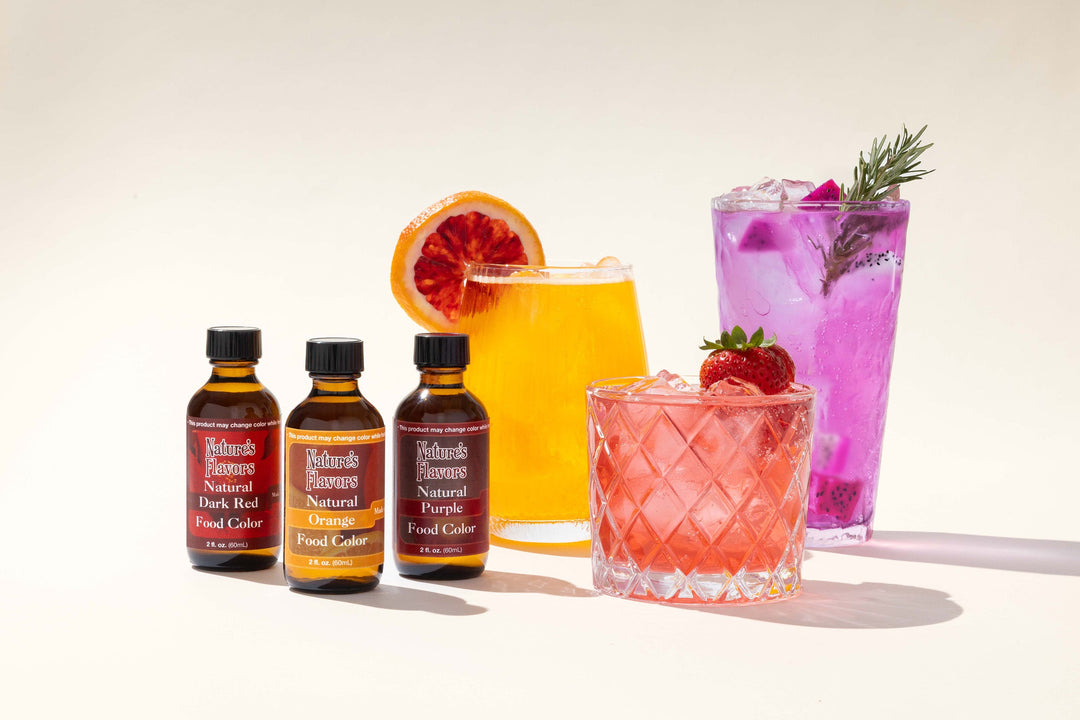Our Red Food Coloring, crafted from red radish, is a premium, natural solution designed to bring vibrant hues to your culinary creations. Made from high-quality red radishes, it ensures a rich and consistent color that enhances the visual appeal of your dishes. Unlike synthetic dyes, our natural red food coloring does not contain any artificial additives, making it a healthier choice for both professional chefs and home cooks. The use of red radish provides a stunning red shade and ensures the coloring is safe and suitable for various dietary needs, including vegan and gluten-free diets. This bulk option is perfect for businesses and individuals who require a reliable and cost-effective solution for large-scale food production.
Applications: Our Red Food Coloring is ideal for a wide range of culinary applications, including baking, confectionery, and beverages. Simply add the desired amount to your recipe to achieve the perfect shade of red.
Ingredients: The primary ingredient in our Red Food Coloring is red radish extract, known for its natural coloring properties. This extract is carefully processed to retain its vibrant color and is combined with water and a natural stabilizer to ensure consistency and ease of use. The result is a pure, natural product that delivers exceptional color without compromising on quality or safety.
Benefits: 1. Natural and Safe: Made from red radish, our food coloring is free from synthetic chemicals and artificial additives, making it a safe choice for all consumers. 2. Versatile: Suitable for a wide range of applications, from cakes and cookies to drinks and sauces, this coloring is perfect for any recipe that requires a touch of red. 3. Dietary Friendly: Our product is vegan, gluten-free, and non-GMO, catering to various dietary restrictions and preferences. 4. Cost-Effective: Available in bulk, this product offers excellent value for money, making it ideal for commercial kitchens and large-scale food production. 5. Consistent Quality: Each batch is carefully tested to ensure consistent color and quality, providing reliable results every time.
Brewing Instructions: To achieve the best results, start with a small amount of coloring and gradually increase until the desired shade is reached. This allows for precise control over the intensity of the color. For liquid applications, such as beverages, simply stir the coloring into the liquid until fully dissolved. For solid or semi-solid applications, such as doughs or batters, mix thoroughly to ensure even distribution of color.
Storage: Store the Red Food Coloring in a cool, dry place away from direct sunlight to maintain its quality and extend its shelf life. Ensure the container is tightly sealed after each use to prevent contamination and moisture ingress. Proper storage will help preserve the vibrant color and effectiveness of the product.


